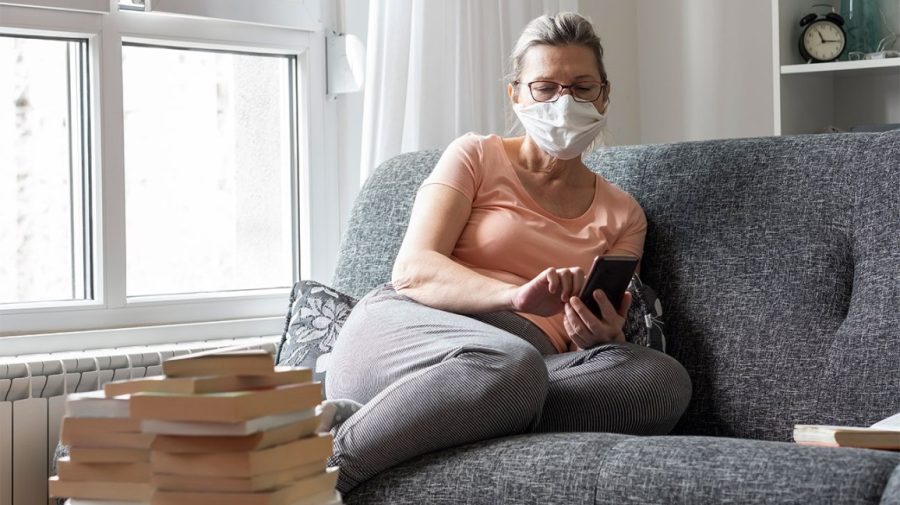To support the thousands of people with COVID-19 recovering at home, a few hospitals have launched home monitoring programs.
By closely monitoring COVID-19 patients on a daily basis, healthcare workers are able to intervene early if someone develops problematic oxygen levels or severe symptoms, according to experts.
Additionally, patients report feeling less anxiety with this program.
All data and statistics are based on publicly available data at the time of publication. Some information may be out of date. Visit our coronavirus hub and follow our live updates page for the most recent information on the COVID-19 outbreak.
Many people who contract the new coronavirus and develop COVID-19 likely won’t need to be hospitalized.
By some estimates, about 15 to 20 percent of people with COVID-19 will need hospitalizationTrusted Source for the disease. The remainder will be able to ride it out at homeTrusted Source with rest, fluids, and fever reducers.
But COVID-19 is a tricky disease.
Even if a patient seems to be improving well on their own, their condition can quickly nosedive and require immediate medical attention.
There are still a lot of unknowns about the disease, and it’s impossible to predict exactly how it will play out in each person.
To better support the thousands of people with COVID-19 recovering at home, a few hospitals have launched home monitoring programs.These involve healthcare workers checking in with COVID-19 patients daily to track how their infection is progressing.
So far, the home monitoring programs have been a powerful tool in helping COVID-19 patients confidently and comfortably recover at home.
A new report from Northwestern Medicine published this week in the New England Journal of Medicine Catalyst shows that COVID-19 patients who used the home monitoring program felt less frightened about their illness.
Additionally, the program helped healthcare workers detect and escalate care for patients whose conditions were worsening: Of the 7,604 patients monitored, 500 patients were sent to the emergency department.
“We were able to catch these patients before their condition dangerously deteriorated, which improved our ability to treat them,” Dr. Jeffrey Linder, the Northwestern Medicine chief of general internal medicine and geriatrics, said in an emailed statement.
Here’s what home monitoring looks like
Northwestern University launched their home monitoring program at the end of March.










